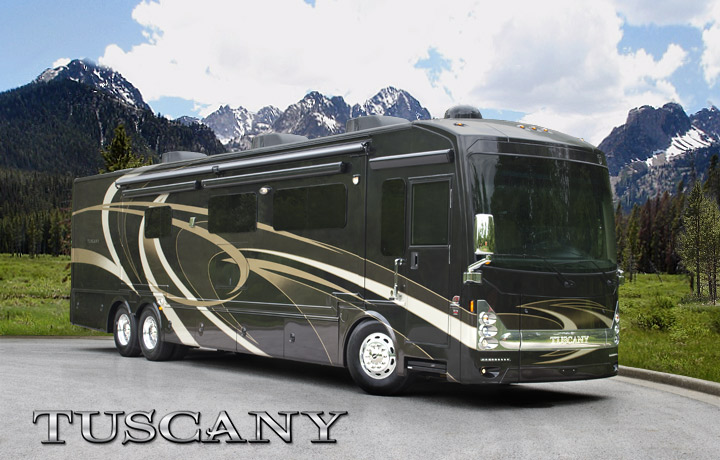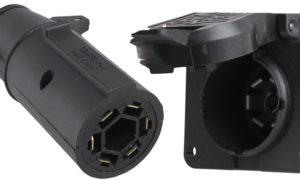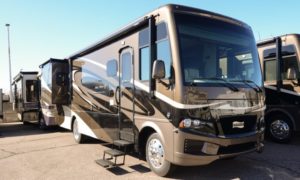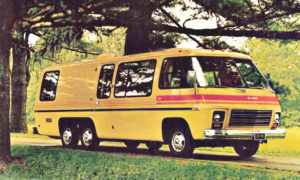

Most long-term and fulltime RVers avoid using tow dollies by insuring the car they tow is capable of being towed 4-down. A tow dolly simply adds more equipment, maintenance and steps in the hitching process.
However a tow dolly is and acceptable alternative to 4-down towing when you want to use your vehicle on vacations or other short-term travel. With that in mind here are a few tip for using a tow dolly.
- Read the manufacturer’s instructions that came with the tow dolly before doing anything. If you rented the tow dolly, you should have received a manual from the rental company.
- Make sure the hitch and receiver are rated to tow the combined weight of the tow dolly and vehicle and the appropriate size trailer hitch ball is used. The manual should specify of the required trailer hitch ball. Also check the manual to see if the tow dolly has surge breaks because this will affect the required capacity for the trailer hitch.
- Engage the parking break on the tow vehicle before any loading or unloading.
- Check safety chains for proper attachment.
- The dolly should be securely hitched to the tow vehicle and on a level ground before driving the car on off.
- Drive the vehicle onto the dolly with its front wheels. Attach the lights to the back of the vehicle and test the blinkers and break lights. These lights are usually magnetic and attach directly to the top of the trunk.
- Secure the car to the tow dolly according to the manufacturer’s instructions. This usually involves straps over the car’s tires.
- Stop after a few miles of travel to check the tie down straps and readjust/tighten as required. Always check the straps at each stop.
- Remember to make wider turns when towing. Do not make sharp turns or U-turns. Turning too sharply may cause the towed vehicle to come in contact with the tow dolly fender causing damage to both the vehicle and dolly.
- Do not attempt to back the loaded tow dolly. Backing can damage the tow dolly and the towed vehicle.
- If you experience excessive sway, stop when safe to do so and check the tie downs and for mechanical problems or flat tires.






